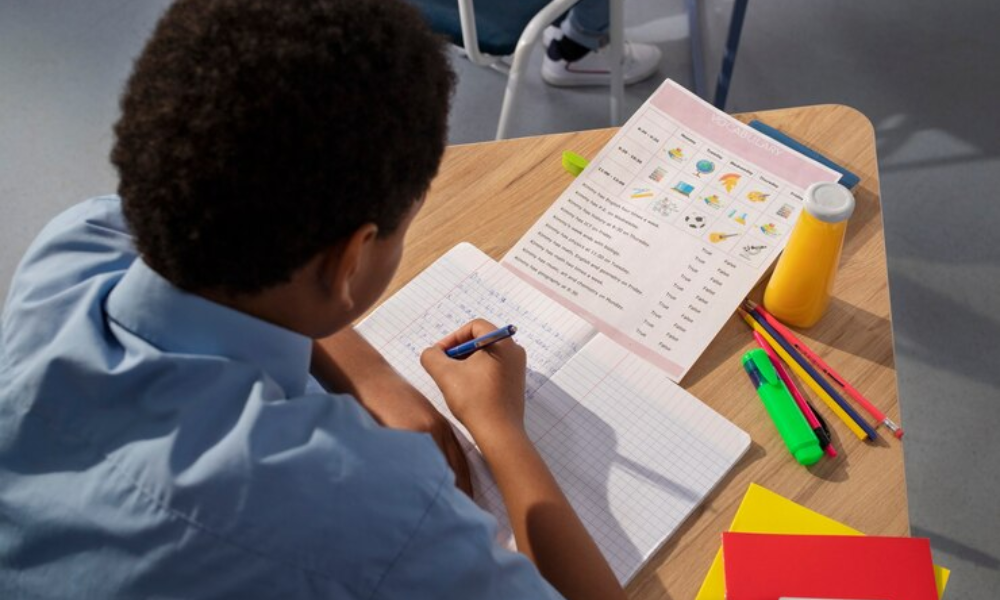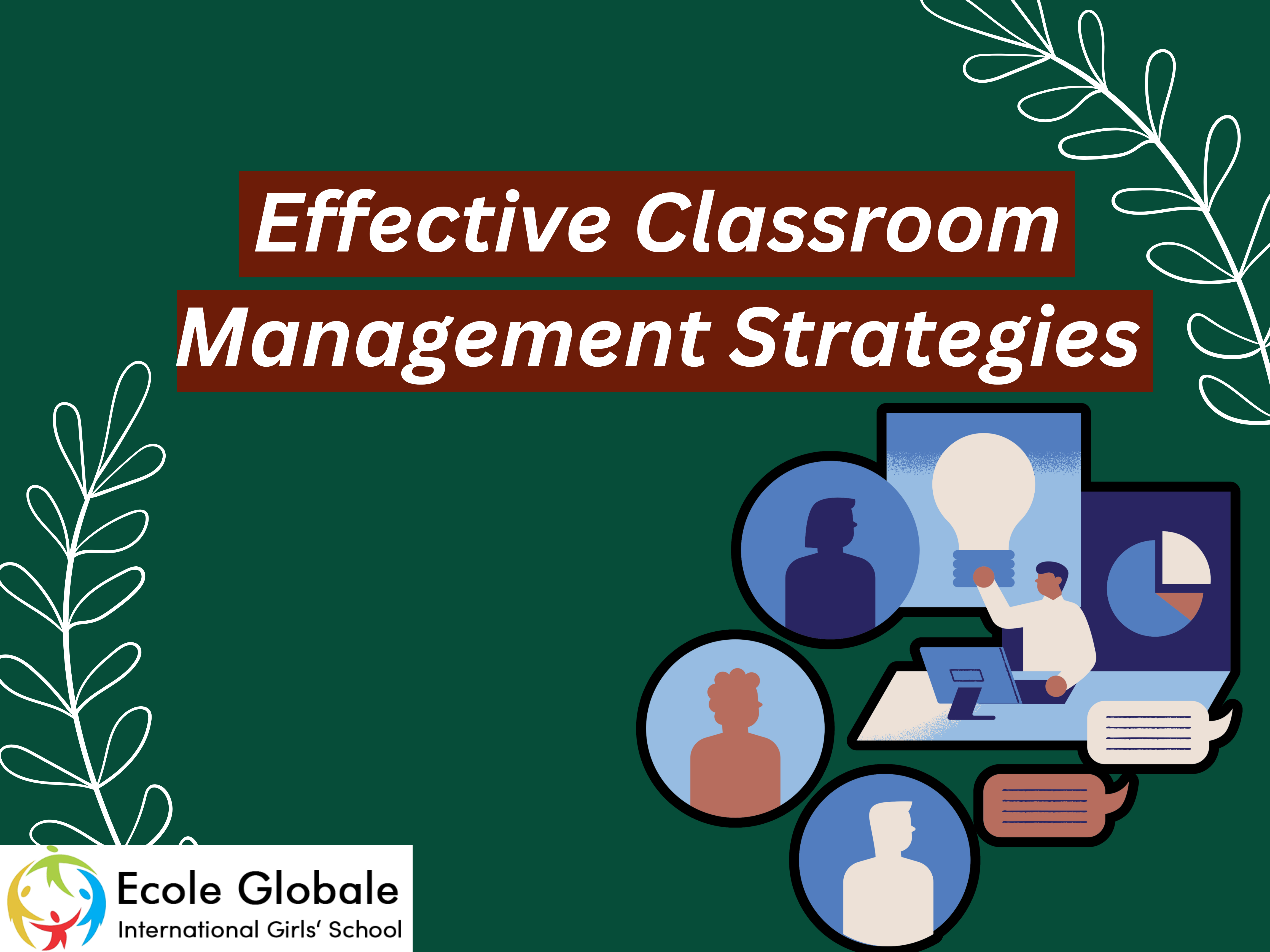Classroom management strategies is a critical component of successful teaching, as it directly impacts student learning, engagement, and overall classroom climate. Effective classroom management strategies go beyond simply maintaining order – they create an environment conducive to academic achievement and personal growth. In this comprehensive article, we’ll explore 20 research-backed classroom management techniques that can help educators foster an engaging and productive learning environment.
Effective Classroom Management Strategies

1. Model Ideal Behavior
One of the most powerful classroom management strategies is to model the behavior you want to see from your students. When you demonstrate exemplary conduct, such as using polite language, maintaining eye contact, and respecting others’ speaking time, you’re setting a clear example for your students to follow. Engage in mock conversations with other teachers or student helpers in front of the class, then lead a discussion to highlight the ideal behaviors you showcased.
2. Involve Students in Establishing Guidelines
Encouraging students to help create classroom expectations and rules can generate greater buy-in than simply dictating what they can and cannot do. At the beginning of the school year or semester, facilitate a discussion where students share their ideas about appropriate and inappropriate behavior. This collaborative process will lead to mutually understood and respected expectations for your classroom culture.
3. Document and Revisit Rules
Don’t let the mutually-agreed-upon guidelines go forgotten. Print and distribute the list of rules generated during the class discussion, and take time to review them with your students. Posting the rules in a visible location will serve as a constant reminder. You can also incorporate the rule list into a student handbook, along with other important information.
4. Address Individual Issues, Not the Whole Class
Avoid the temptation to punish the entire class for the actions of a few. Instead, address specific students in a friendly manner, such as asking, “Do you have a question?” or “Do you need help focusing?” This approach allows you to maintain a positive disposition while immediately addressing the inappropriate behavior.
5. Encourage Student Initiative
Promoting a growth mindset and injecting variety into your lessons can be powerful classroom management strategies. Allow students to work ahead and deliver short presentations to share their takeaways with the class. This not only keeps eager learners engaged but can also inspire others to take on additional challenges.
6. Offer Sincere Praise
Praise students for their efforts and accomplishments, as research has shown this can improve academic and behavioral performance. When your praise is specific and genuine, it can inspire the class, boost self-esteem, and reinforce the behaviors you want to see.
7. Utilize Non-Verbal Communication
Complement your verbal instructions with actions and visual aids to improve content delivery and help students focus. Strategies such as running learning stations with a variety of non-spoken content types, like videos, infographics, and physical objects, can enhance student engagement.
8. Celebrate Successes with Classroom Parties
Occasionally holding a classroom party to acknowledge students’ hard work can be a powerful motivator. Even a brief celebration with snacks and group games can reinforce the idea that you value their efforts and want to reward them for their achievements.
9. Establish Clear Behavioral Expectations
Clearly communicate your expectations for student behavior and consistently follow through with consequences for rule violations. Involve students in the rule-making process, document the guidelines, and hold individuals accountable when they fail to meet the established standards.
10. Build Positive Relationships with Students
Take the time to get to know your students on a personal level. Learn about their strengths, weaknesses, interests, and challenges, and use this information to tailor your instructional and behavioral approaches. Fostering strong student-teacher relationships can significantly enhance classroom management strategies.
11. Implement Consistent Routines and Schedules
Students thrive on structure and predictability. Establish clear routines and schedules for your classroom, allowing students to know what is expected of them at each point during the day. This can increase productivity and minimize disruptions.
12. Address Conflict Constructively
When conflicts or behavioral issues arise, address them in a calm and constructive manner. Avoid escalating the situation or making it personal, and instead focus on finding a resolution that maintains respect and fosters learning.
13. Differentiate Instruction
Adapting your teaching methods to meet the diverse needs of your students can keep them engaged and on-task. 5 Incorporate a variety of instructional strategies, such as hands-on activities, cooperative learning, and technology-based lessons, to cater to different learning styles.
14. Provide Clear Expectations and Feedback
Clearly communicate your academic and behavioral expectations to students, and provide regular feedback on their progress. This helps students understand what is required of them and allows them to adjust their behavior and learning accordingly.
15. Incorporate Movement and Brain Breaks
Allowing students to move around and take periodic breaks can help them stay focused and engaged. Incorporate activities like standing desk rotations, brain gym exercises, or short physical activity challenges to help students recharge and refocus.
16. Leverage Technology Effectively
Integrating technology into your classroom can enhance engagement and support effective classroom management strategies. Use tools like digital whiteboards, student response systems, and online collaboration platforms to facilitate interactive lessons and monitor student progress.
17. Foster a Sense of Community
Creating a positive, inclusive classroom community can promote prosocial behavior and a sense of belonging. Encourage students to support and respect one another, and actively celebrate their diverse backgrounds and perspectives.
18. Maintain Enthusiasm and a Positive Attitude
Your own enthusiasm and positive attitude can be contagious, helping to set the tone for the classroom. Even on challenging days, strive to maintain an optimistic and engaging demeanor, as this can significantly impact student motivation and behavior.
19. Collaborate with Families and Caregivers
Establish open lines of communication and collaboration with students’ families and caregivers. Work together to understand and address any behavioral or academic concerns, and celebrate successes to strengthen the home-school partnership.
20. Continuously Reflect and Adapt
Effective classroom management strategies is an ongoing process, and it’s essential to regularly reflect on your strategies and make adjustments as needed. Seek feedback from students, observe their responses to different approaches, and be willing to try new techniques to find what works best for your unique classroom dynamics.
By implementing these 20 research-backed classroom management strategies, educators can create an engaging, productive, and positive learning environment that supports student success.









